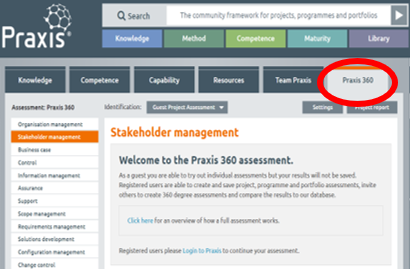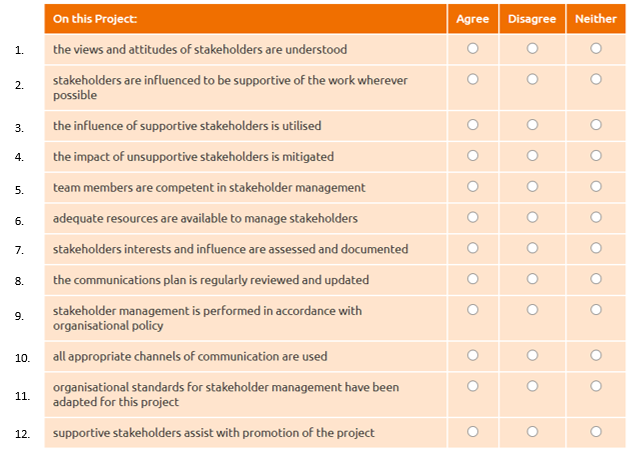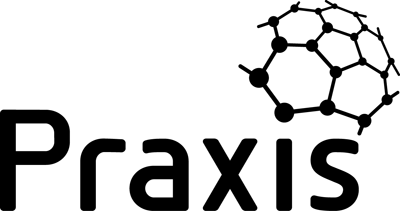The article ‘What can we learn from 1,300 lessons learned’ establishes that basic good practice in project delivery is often not applied. The article ‘Training is just the start’ explains why training courses alone are insufficient to solve this problem and ‘Personal development’ explains the principle of how checklists can help.
This article explains the use of a Praxis 360o checklist to embed good practice. It uses stakeholder management as an example but the same principles apply to all other topics.
The checklists are available from the horizontal menu ‘Praxis 360’ tab.
 | If you have not created an account the welcome message will appear. You are still able to use the checklists as a guest user but your answers will not be saved and you will not be able to print reports to track improvements. |
The questions in the checklists are not a list of good practices that you need to apply because every project or programme has its own unique management needs. Rather, they are a list of capability maturity attributes that are achieved by applying good practices. While you need to ‘communicate with stakeholders’ or ‘utilise the support of supportive stakeholders’, exactly how you do that is up to you. The focus is on the outcomes of applying good practice, not the specific techniques you apply.
Looking at the checklists in more detail:
They all start off by checking whether the goals of the function or process are being achieved. In the case of stakeholder management this is the first four questions (because stakeholder management has four goals). The checklist is only making sure you are achieving these goals, not how you achieved them.
This goes to the heart of how Praxis 360o helps you embed good practices and make them a habit. The stakeholder management topic describes a procedure and recommends techniques such as stakeholder maps and communications plans. How you adapt and apply these is up to you – the real test is whether the goals are achieved.

Some questions may relate to things that are outside the control of the project or programme manager. Hopefully, you are able to acquire sufficient and competent people (items 6 and 7) but that is often influenced by organisational practices. However, if you use the checklist as part of the Team Path, you should end up having a meaningful conversation about clearing this bottleneck to success this with your Sponsor or PMO.
Items 7 and 8 are back in the scope of the project or programme manager’s authority while items 9 and 11 are also dependent upon the wider organisation providing the necessary guidance.
Item 10 is very much within the manager’s remit and the final item 12 is once again about whether your efforts are achieving the right outcomes.
The overall impact of the checklist is firstly, to help individual managers revisit what they know about good project delivery practice and use it to good effect, but that’s not all. When the checklists are used as part of the Team Path, they validate the manager’s perspective and promote conversations within the team that refine and embed good practice. As part of the Organisation Path they develop organisational behaviours that lead to continuous improvement and increasing levels of capability maturity, which in turn increase the effectiveness and efficiency of project delivery.





